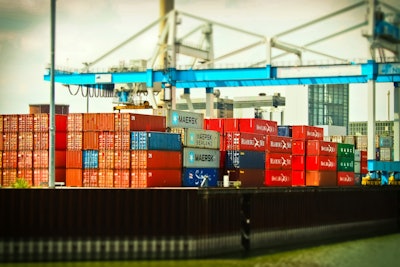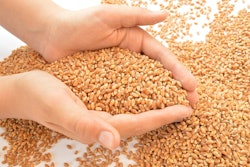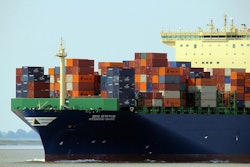
China Buys Brazilian Soybeans
- China is reported to have purchased 10-14 cargoes of Brazilian soybeans for September/October delivery, and possibly 1 cargo for November.
- Buying comes despite US supplies being more competitively priced.
- A berth at Brazil’s Paranagua port stopped operations due to a positive coronavirus test of a vessel’s crew member, but has reopened after the crew was quarantined.
- The Brazilian export lineup is at 11.2 million tonnes vs 11.7 million a week ago, but remains well above last year’s 7.4 million tonnes.
FBN’s Take On What It Means: China’s purchases of Brazilian origin soybeans into this fall come on the heels of heightened China/US political tensions over Hong Kong, and are likely an attempt to offset some of the risk of trade relations breaking down. Eventually, China and other world buyers will have to come to the US for supplies as Brazilian stocks dry up. There is also a risk that port logistics become snarled if more coronavirus cases are found, which could push buyers to the US.
Ukraine Wheat Crop Forecast Declines
- A state run agency has forecast the winter wheat harvest at 23 million tonnes which is down from 26 million tonnes.
- Severe drought across the country’s southern regions has caused production losses.
- The Odessa region is reported to have lost 500,000 hectares (1.2+ million acres) of winter crops, and may see harvest down 70%.
- The Economy Ministry forecast the total 2020 grain crop at 65-68 million tonnes compared with 75 million tonnes last year.
- Private consultant Strategie Grains has estimated Ukraine wheat production at 25-26 million tonnes.
FBN’s Take On What It Means: Recent rains in the Black Sea region have likely stabilized crops in that area. Europe and the US are potentially more at risk. Temperatures in the western Plains are expected to be much warmer than normal going into June which could result in a small decrease in HRW production. It would not be surprising to see more downgrades of crop forecasts in France, Germany, and the UK which have been drier than normal this year.
The risk of trading futures, hedging, and speculating can be substantial. FBN BR LLC (NFA ID: 0508695)









